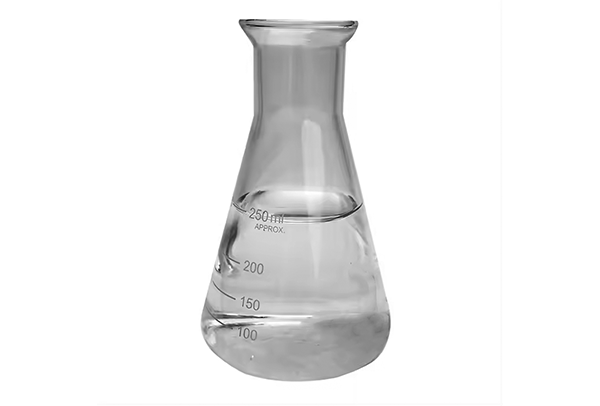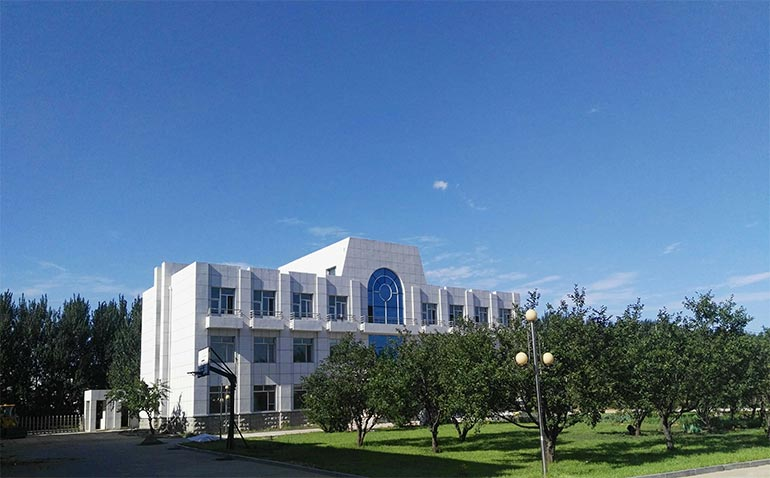| Test item | 4.8 | 4.3 | 5.2 | 5.8 | 6.0 | 6.5 |
| Modulus | 4.80±0.1 | 4.30±0.1 | 5.20±0.1 | 5.80±0.1 | 6.00±0.1 | 6.50±0.1 |
| SiO₂/% | 20.0±1.0 | 20.0±1.0 | 20.0±1.0 | 20.0±1.0 | 20.0±1.0 | 20.0±1.0 |
| Li₂0/% | 2.10±0.1 | 2.30±0.15 | 1.90±0.1 | 1.70±0.1 | 1.65±0.1 | 1.55±0.1 |
| Solid content/% | 22.1±1 | 22.3±1 | 21.9±1 | 21.7±1 | 21.7±1 | 21.6±1 |
| Relative density (20℃) | 1.180±0.01 | 1.180±0.01 | 1.180±0.01 | 1.175±0.01 | ||
| pH | 11.5±0.5 | 11.2±0.5 | 11.0±0.5 | |||
| Viscosity(25℃)/mPa·s | 5-20 | |||||
| Exterior | Colorless, slightly colored transparent or nearly transparent viscous liquid. | |||||
Key Features & Benefits
Deep Penetration: Enhances substrate hardness from within
Fast Reactivity: Reacts quickly with calcium hydroxide to form insoluble silicate gels
Low Efflorescence: Reduced risk of salt bloom on concrete surfaces
Improved Durability: Boosts abrasion and chemical resistance
Eco-friendly & Low VOC: Safe for green building certifications
Long Shelf Life: Stable under normal storage conditions
Applications
Concrete Surface Densifiers
Ideal for polished concrete floors in warehouses and industrial settings

Construction Coatings
Used in water-based paints, primers, and inorganic coatings to improve bonding and alkali resistance

Inorganic Adhesives & Binders
For ceramics, refractories, and heat-resistant materials

Chemical Reactants & Specialty Uses
Acts as a reactive silicate source in chemical formulations







